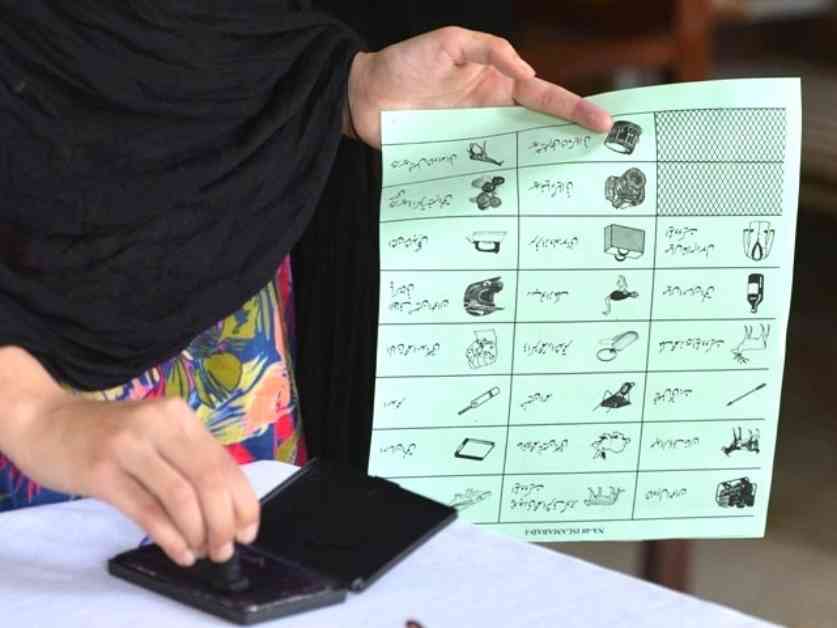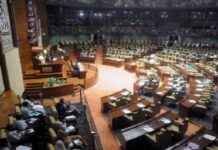In the bustling city of Islamabad, a recent report by the Free and Fair Election Network (FAFEN) has shed light on intriguing gender differences in voting choices during the 2024 general elections. The report reveals that in 18% of communities, women voters in male and female polling stations within National Assembly constituencies cast their ballots differently from their male counterparts.
The study, which analyzed results from 21,188 communities consisting of 42,804 comparable male and female polling stations, found that in a majority of communities (82%), male and female voters were in sync when it came to selecting the winning candidate. However, in the remaining 18% of communities, a notable divergence was observed as male and female voters favored different winners from their respective polling stations.
One of the key limitations highlighted in the report was the lack of gender-wise breakdown in election results from combined polling stations. As a result, FAFEN’s assessment focused solely on comparing the voting patterns between male and female polling stations within the same electoral areas.
Interestingly, the data also pointed out regional variations in voting choices among male and female voters. Urban areas exhibited a higher level of divergence compared to rural communities, with Islamabad topping the list at 37% of electoral communities showing differences in winners between male and female polling stations. Balochistan followed closely at 32%, while Sindh and Punjab recorded 19% and 18%, respectively. Surprisingly, Khyber Pakhtunkhwa (K-P) had the lowest proportion at 13% of electoral communities with divergent voting choices.
Delving deeper into the specifics, the report highlighted that Pakistan Tehreek-e-Insaf (PTI) garnered the most support from women voters in 1,260 communities, followed by Pakistan Muslim League-Nawaz (PML-N) in 1,027 communities and Pakistan Peoples Party Parliamentarians (PPPP) in 694 communities. While PTI enjoyed widespread popularity among women voters nationwide, PML-N maintained a stronghold in Punjab, and PPPP dominated in Sindh.
In a noteworthy finding, the report revealed that in 37 National Assembly constituencies, the largest proportion of voters in female polling stations did not vote for the winning candidates. Conversely, in 226 constituencies, female voters in polling stations favored the eventual winners. Additionally, in 166 of those constituencies, a higher percentage of voters in female polling stations cast their ballots for the victorious candidates, underscoring an intriguing aspect of gender differences in voting behavior.
Overall, the FAFEN report offers valuable insights into the nuanced dynamics of voting choices between male and female voters, shedding light on the diverse trends observed across different regions of Pakistan. As the country continues to navigate its democratic processes, understanding these gender disparities in voting preferences becomes increasingly crucial for policymakers and electoral stakeholders alike.









